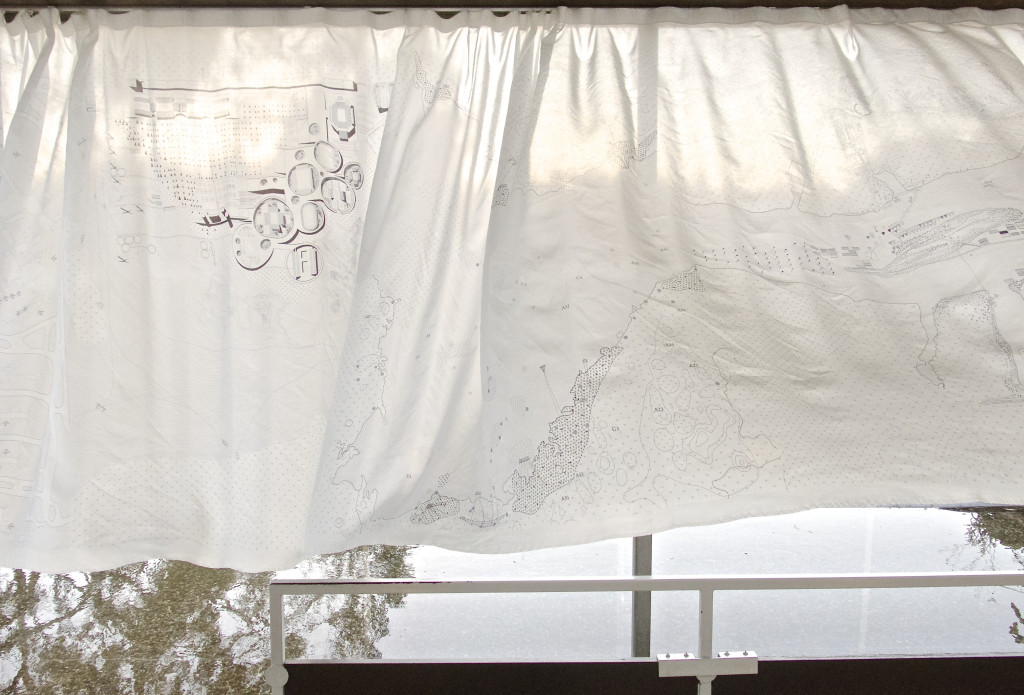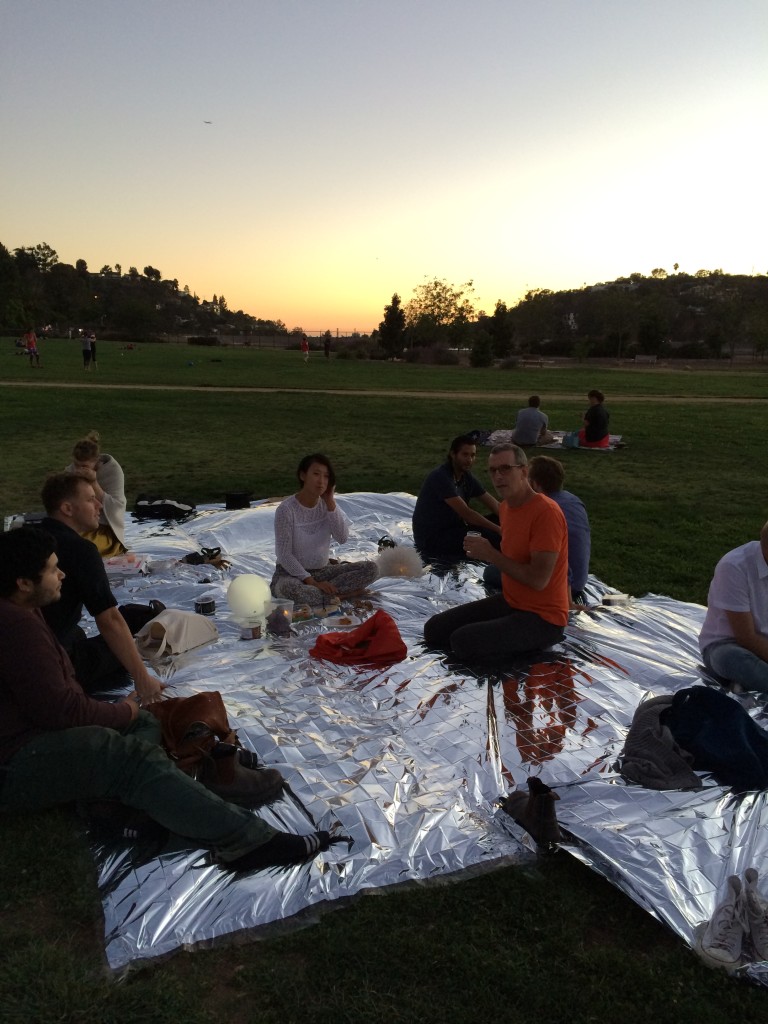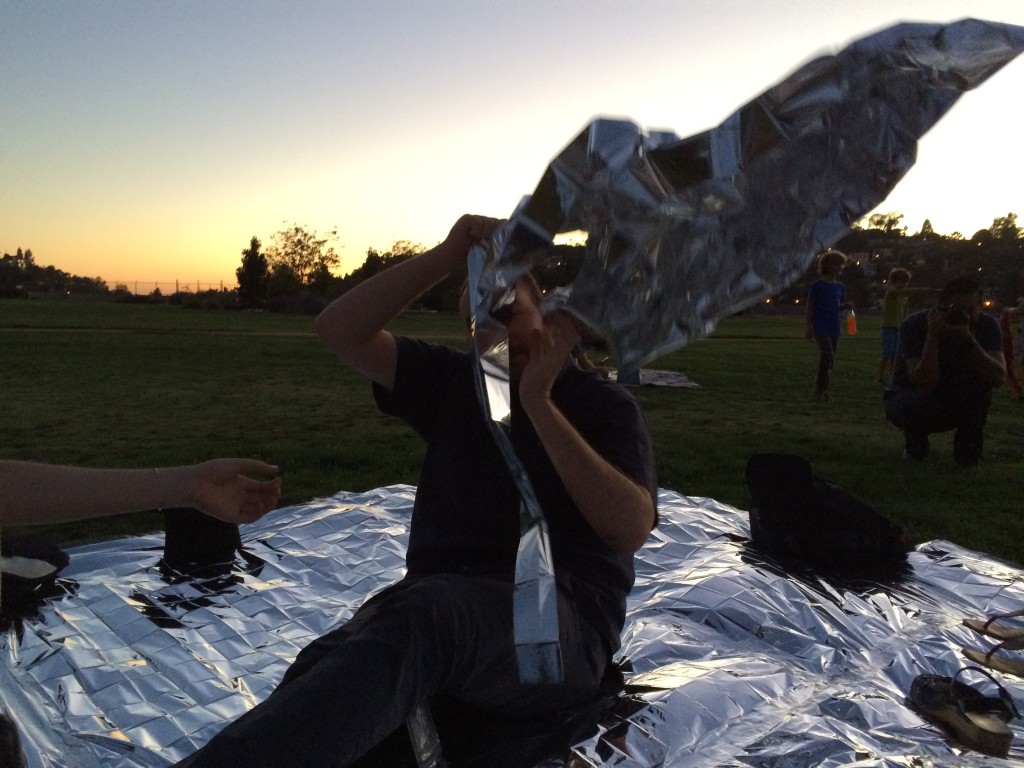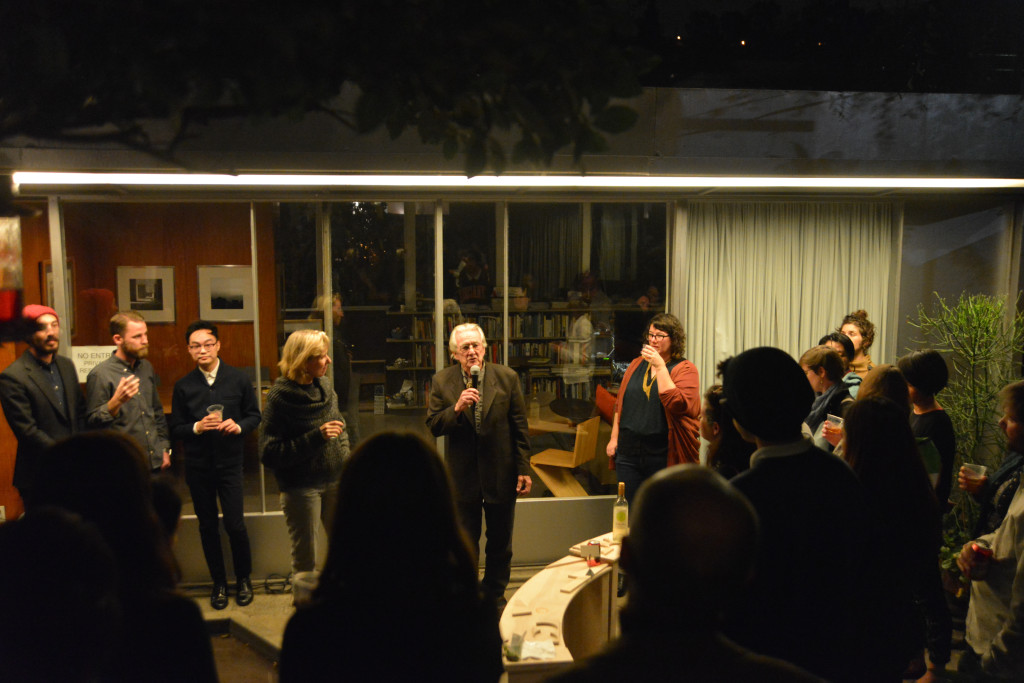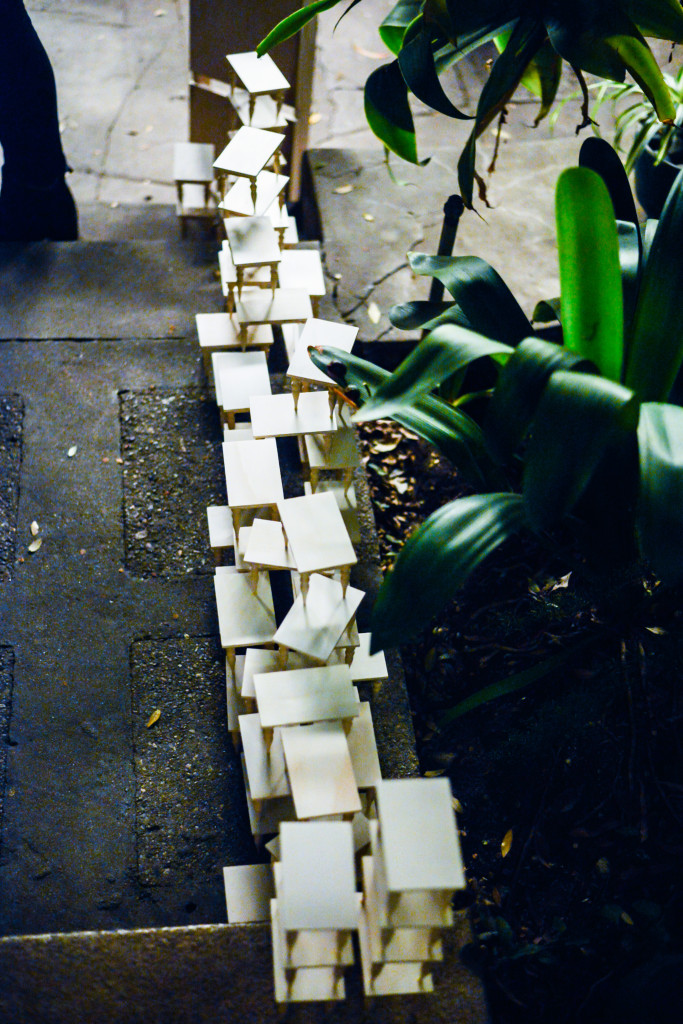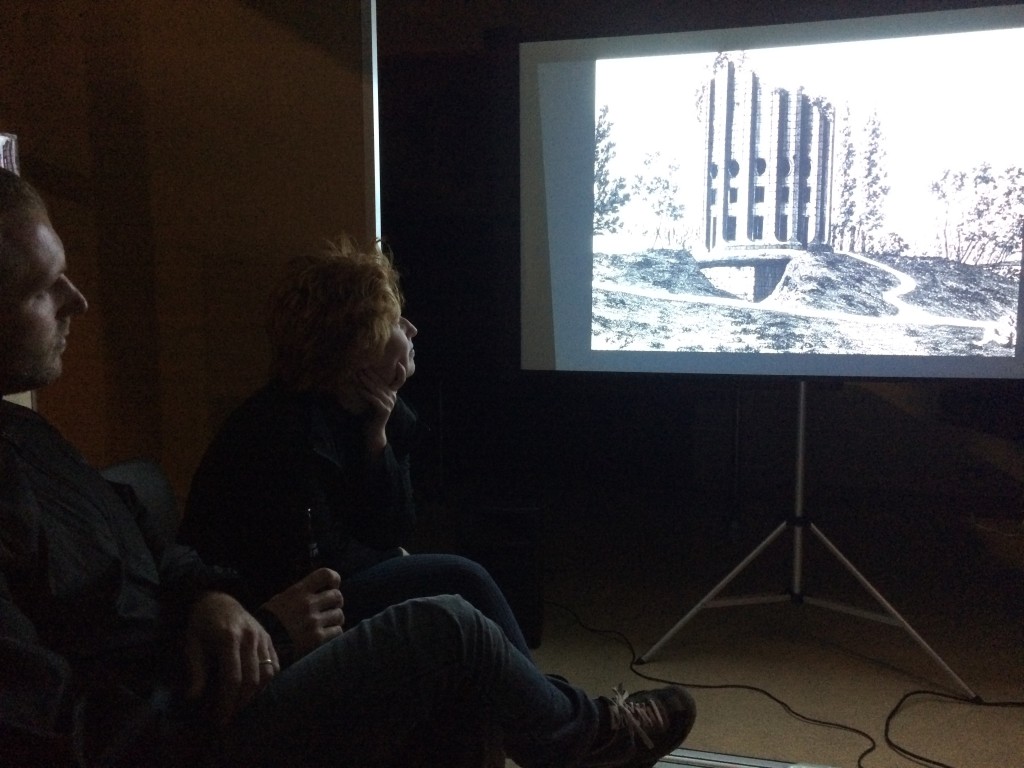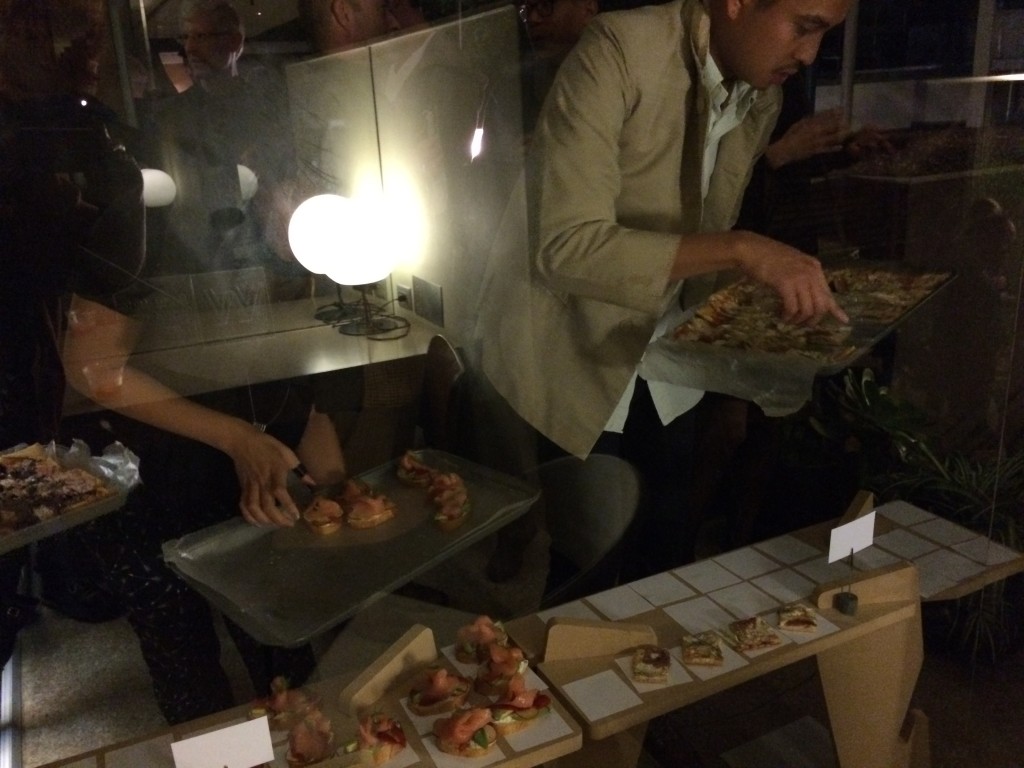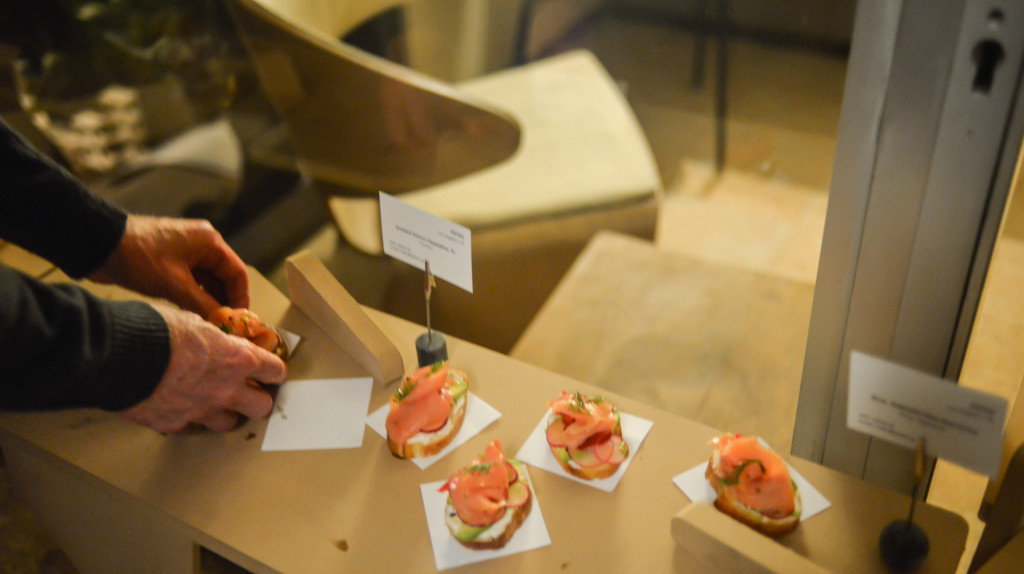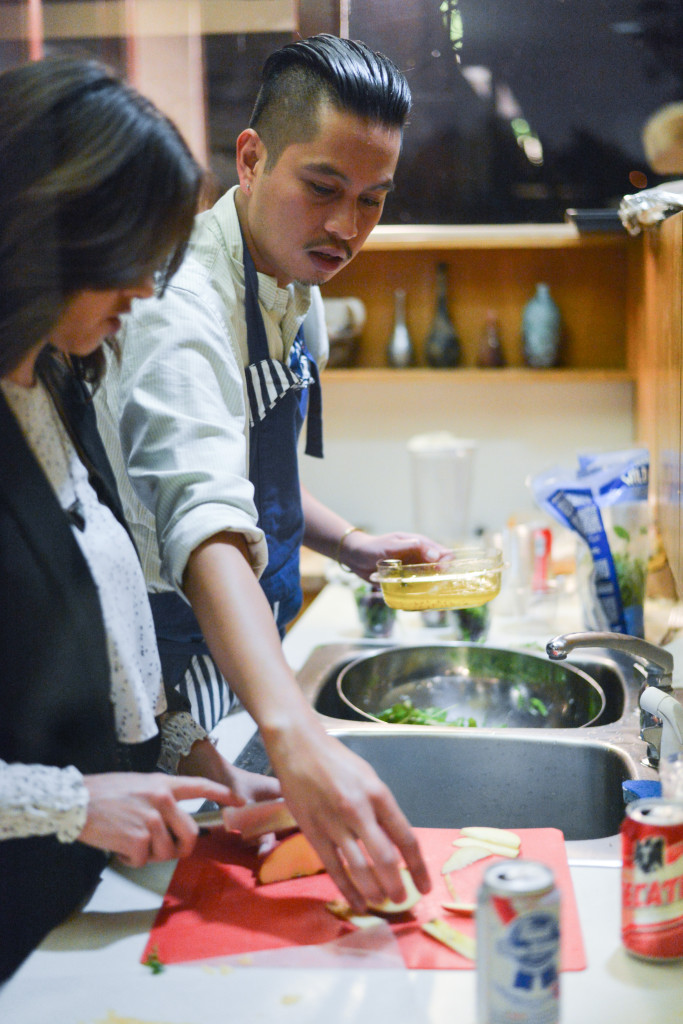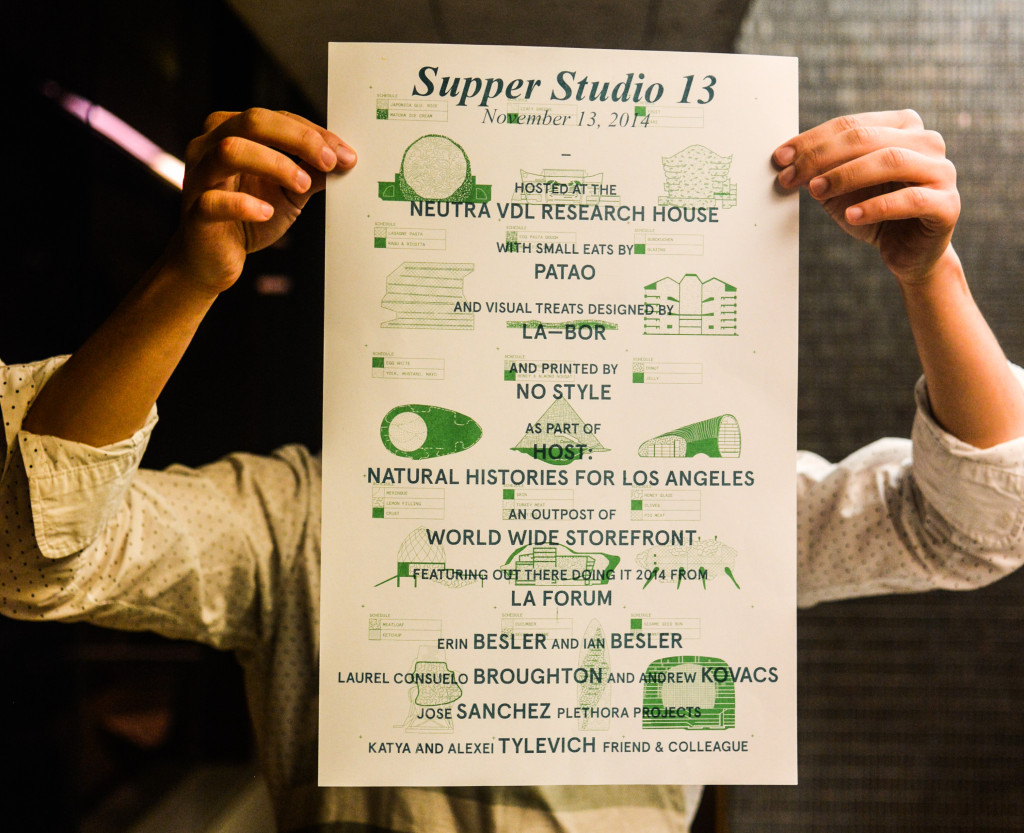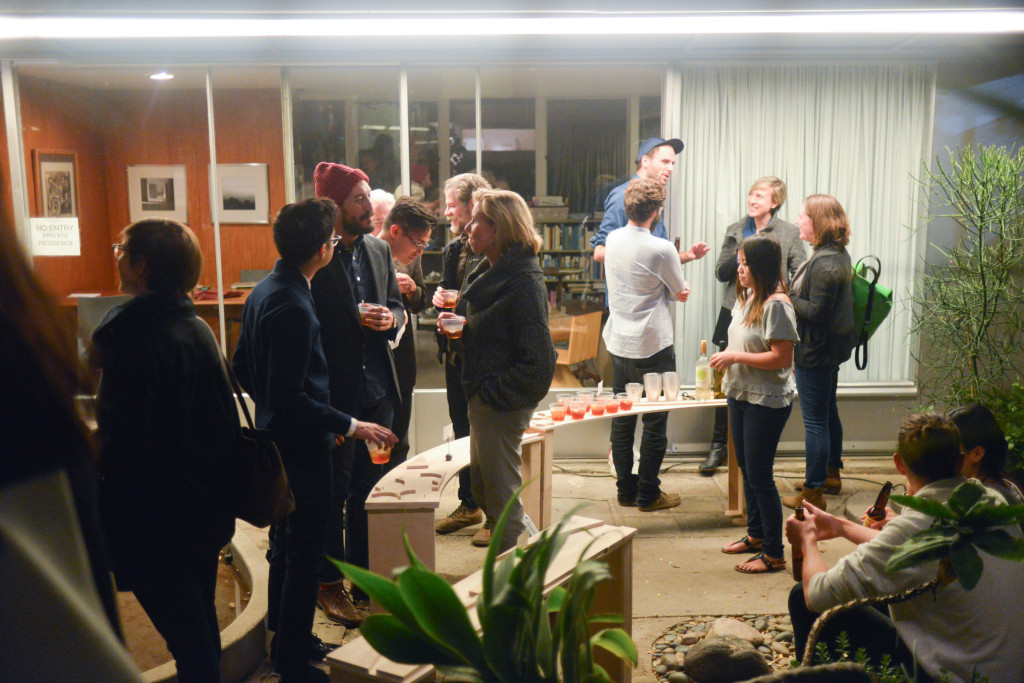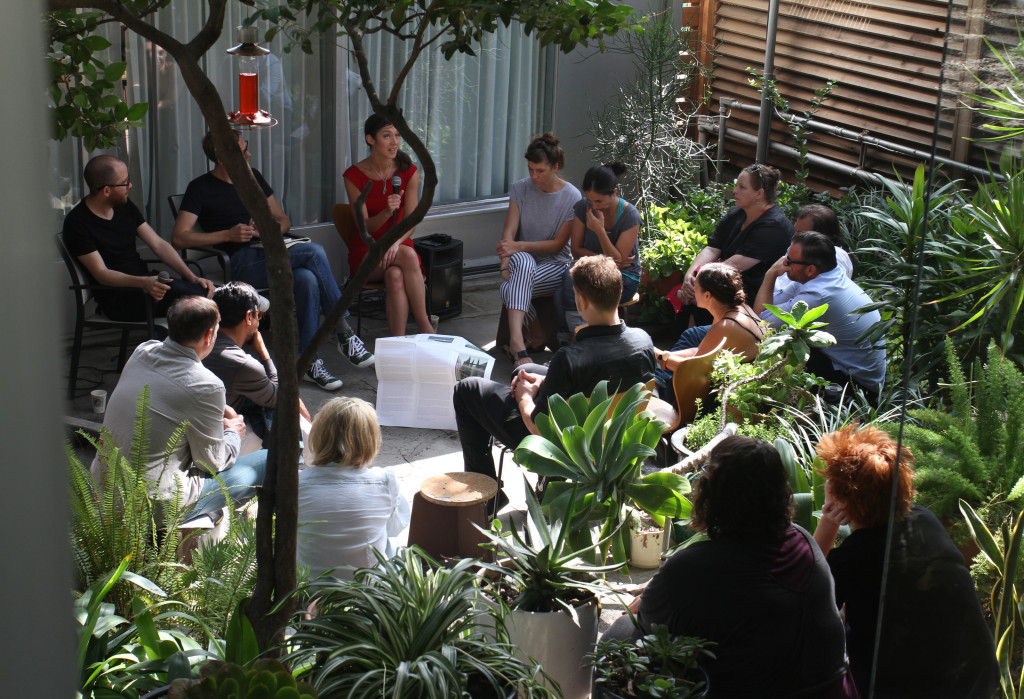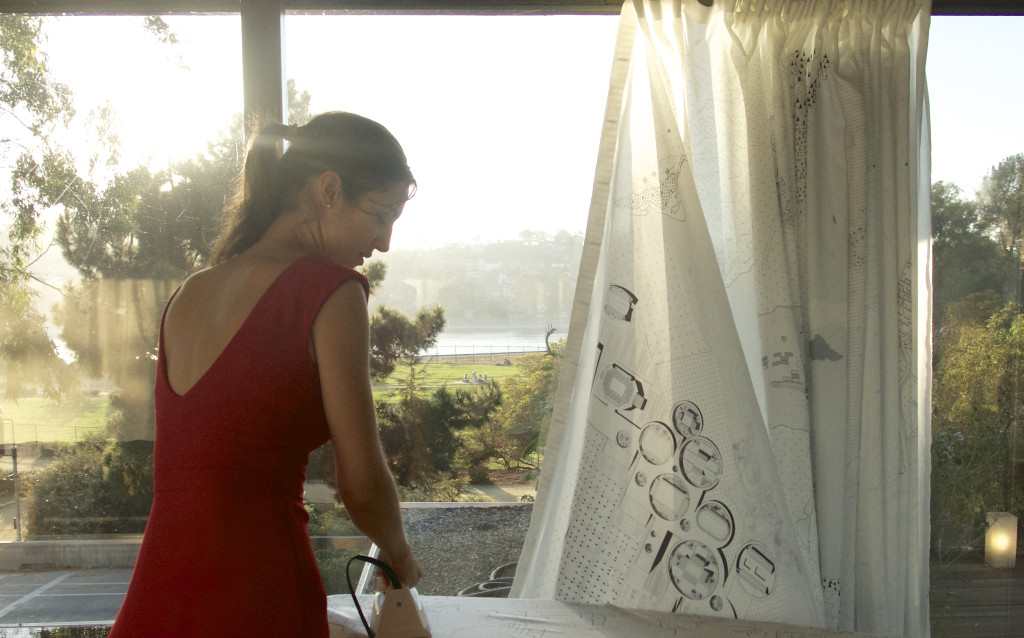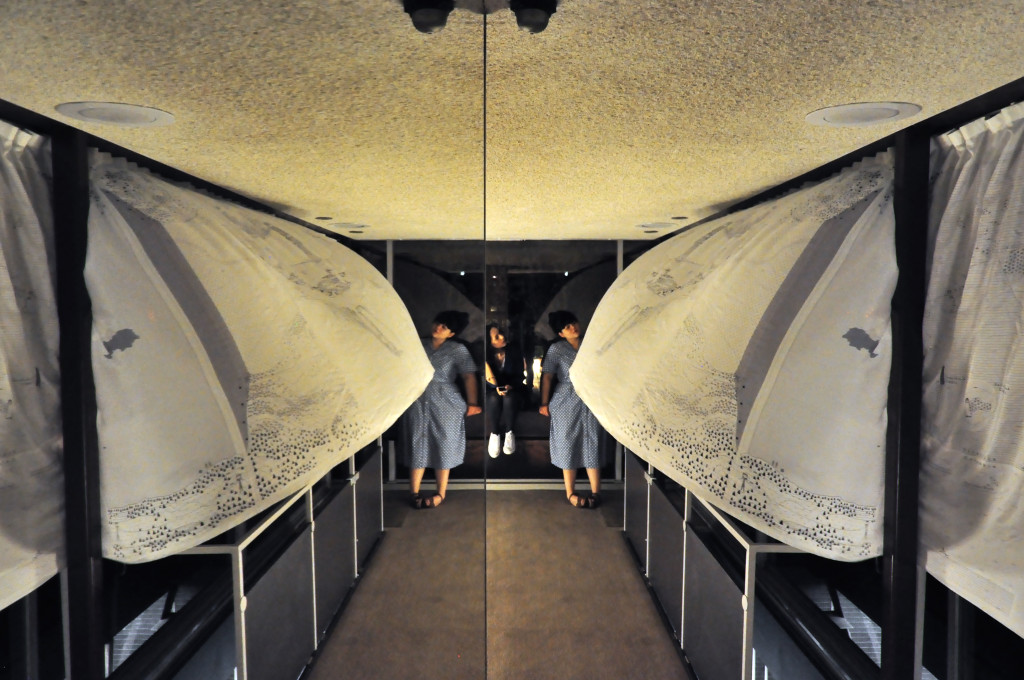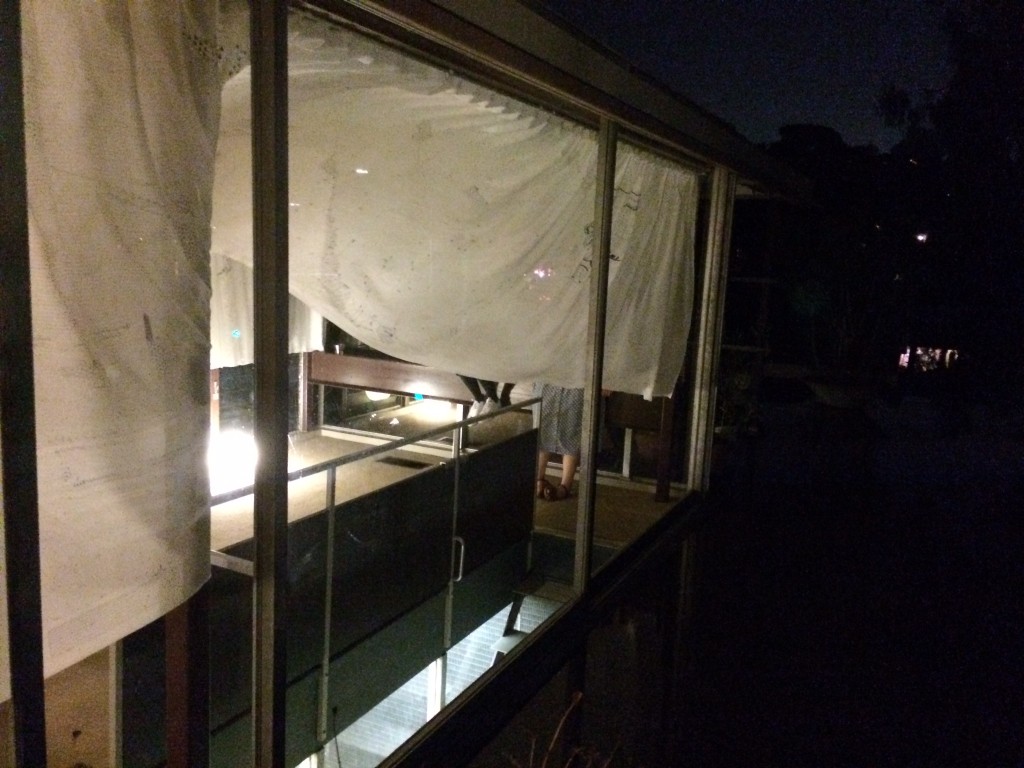The third edition of Chicago Architecture Biennial (CAB) opened its doors one day before Chicago school children gathered in Mies van der Rohe’s Federal Plaza as part of the Global Climate Strike. It begins during a month when President Trump feuded with California over housing policy and the state’s homelessness crisis, and at a time when shootings in Chicago’s West and South sides are reported every few days and the fires in Brazil continue to burn.
It was a week, like many weeks in recent memory, which underscored the themes of the biennial curated by artistic director Yesomi Umolu, curator/educator Sepake Angiama and architect Paulo Tavares.
Although its lowercase title …and other such stories might suggest a more recumbent position, this biennial is teaming with anthropogenic urgencies: violence caused by structural racism, global housing inequities, and scars left by colonisation and resource extraction.
